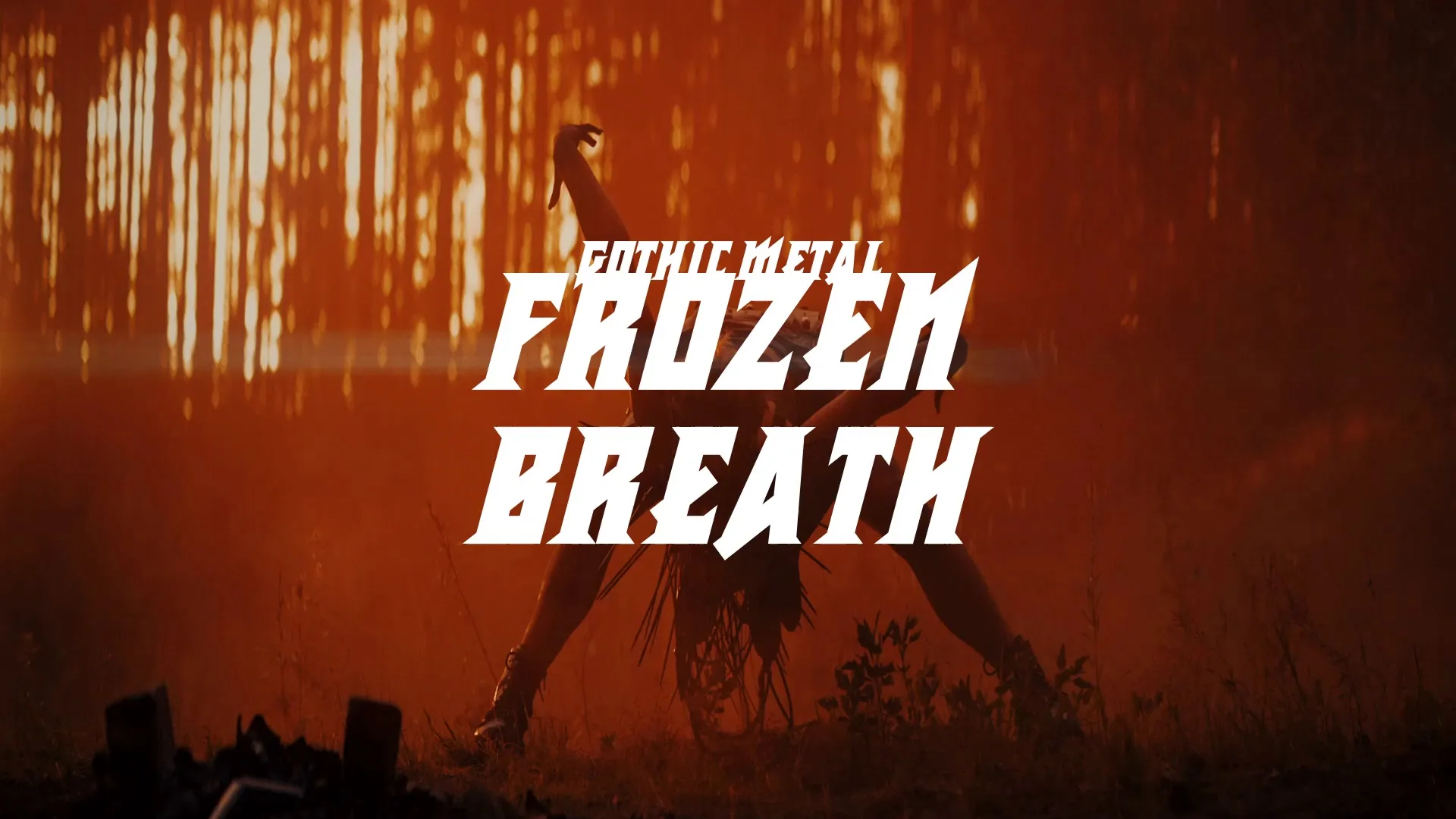The Unsung Hero: Weapon Feel in Indie Games
The crunch of bone under a steel-toed boot. The satisfying thwack of a digital axe cleaving through a monstrous skull. These aren’t just sounds and sights; they are the visceral heart of compelling combat. They represent the invisible hand that guides player engagement. They are, frankly, the difference between a forgettable indie title and a cult classic. We often lavish attention on intricate storylines and sprawling open worlds. In the heat of battle, it’s the feel of your weaponry that truly forges the bond between player and game.
The Unsung Hero: Weapon Feel in Indie Games
Weapon feel matters. It’s a term thrown around in game development circles. It is often relegated to a post-production polish or, worse, completely overlooked. This negligence is a critical error. This is particularly true for indie developers fighting for attention in a saturated market.
Why? Because weapon feel is more than just damage numbers and flashy particle effects. It’s a symphony of subtle cues. These cues work in perfect harmony to create a sense of weight, power, and responsiveness. It’s the instantaneous feedback loop that makes players believe in the lethality of their actions.
The Data-Driven Impact of Immersion
Consider this: a 2021 study by the University of York, published in the Journal of Game Research, demonstrated a direct correlation between perceived weapon impact and player immersion. Participants playing a first-person shooter reported significantly higher levels of engagement and enjoyment when weapon feedback (visual, auditory, and haptic) was exaggerated. Even if the underlying damage values remained constant. This highlights a crucial point: perception trumps reality.
This isn’t just academic theory. Games like Dead Cells and Hades are evidence. Both are indie darlings celebrated for their addictive gameplay. They owe much of their success to their exquisitely crafted weapon feel. Each weapon boasts a unique personality. Each has a tangible presence that begs to be wielded and mastered, from the humble sword to the devastating hammer. Compare these successes to indie titles plagued by floaty combat and unsatisfying impacts. The difference is palpable, and the player engagement reflects it.
The Five Pillars of Fantastic Weapon Feel
Creating stellar weapon feel isn’t about magic. It’s about meticulous attention to detail across five key areas:
1. Impact Feedback: The Visual Punch
The immediate visual response to a successful hit is paramount. This goes beyond a simple flash or particle effect. Think about the target’s reaction: Does it recoil realistically? Does its armor chip or break? Does blood splatter convincingly?
Take, for example, Sekiro: Shadows Die Twice. While not an indie game, its combat provides a masterclass in impact feedback. The clang of swords, the shower of sparks, and the stagger of enemies all contribute to a deeply satisfying sense of combat. Indie developers can achieve similar effects. Achieve them through creative use of shaders, animations, and well-timed camera cuts.
2. Sound Design: The Auditory Oomph
Sound is half the battle. A weak, tinny ping will undermine even the most visually impressive attack. Your weapons need to sound powerful. Weapons need to sound weighty, and appropriate for their type. A sword should slice, a hammer should thud, and a laser should pulse.
Consider the indie RPG Disco Elysium. While combat is minimal, the sound design accompanying even simple actions is exceptional. Each dialogue choice has a memorable auditory signature. Each inventory interaction has a memorable auditory signature. This enhances the game’s overall atmosphere and immersion. This same principle can, and should, be applied to weapon sounds.
3. Animation: The Movement Matters
Fluid, responsive animations are crucial for conveying weight and power. Stiff, jerky movements will make your weapons feel like hollow plastic toys. Invest in high-quality animations. Animations should communicate the force behind each attack.
Blasphemous, the indie metroidvania, delivers weighty combat through carefully crafted animations. The protagonist’s attacks are slow and deliberate. This conveys a sense of immense power behind each swing. This deliberate pacing, combined with excellent sound and visual feedback, makes each successful hit feel incredibly rewarding.
4. Camera Shake: The Subtle Rumble
Judicious use of camera shake can amplify the impact of your weapons without being disorienting. A subtle rumble on a successful hit can add a visceral kick. A larger shake can emphasize particularly powerful attacks.
Create a free account, or log in.
Gain access to free articles, game development tools, and game assets.
.webp)



















.webp)


